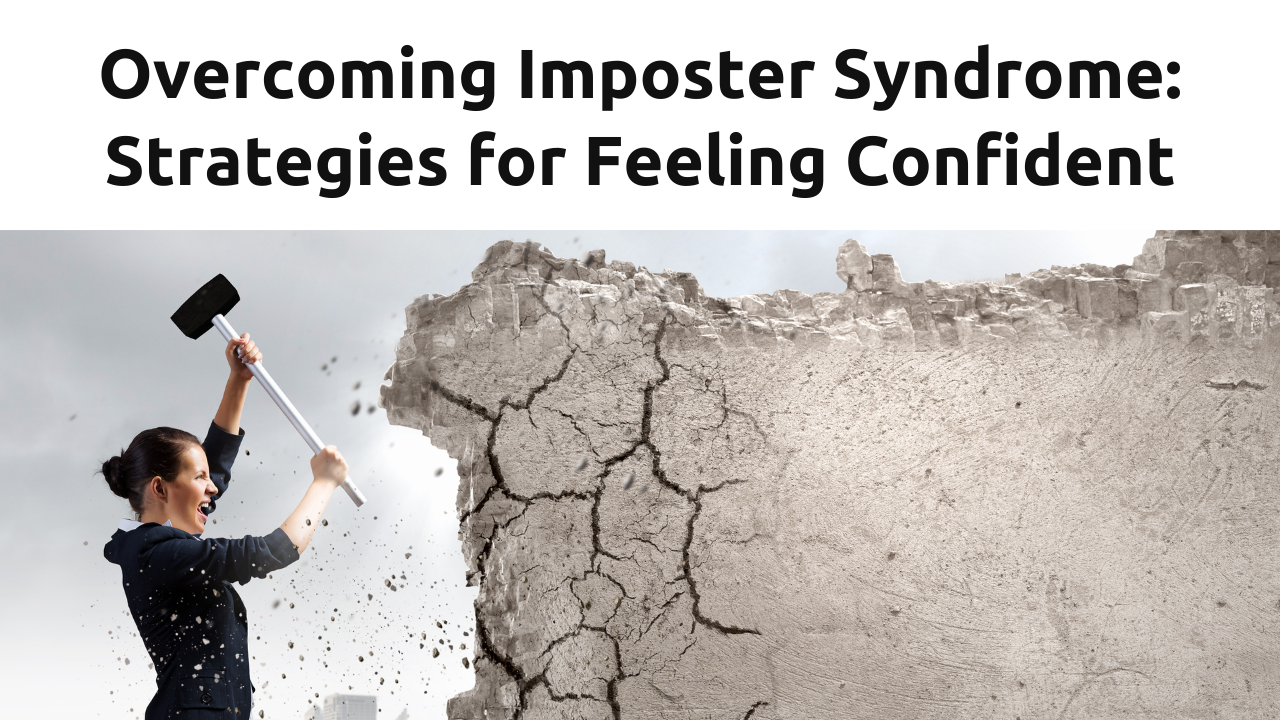Introduction to GHK Peptide
The GHK peptide, a naturally occurring tripeptide consisting of glycine, histidine, and lysine, has been a subject of fascination among researchers since its discovery in human plasma. Its ability to bind with copper(II) ions and form the GHK-Cu complex has been associated with a myriad of health benefits, ranging from wound healing and anti-inflammatory effects to tissue remodeling and anti-aging properties. The study in question provides a thorough exploration of GHK’s role as a modulator of multiple cellular pathways, offering insights into its therapeutic potential.
The Multifaceted Role of GHK
GHK’s influence extends across various biological processes, making it a peptide of significant interest in the field of regenerative medicine. Some of the key areas where GHK exerts its effects include:
Wound Healing and Tissue Repair: GHK has been shown to accelerate wound healing by stimulating the synthesis and breakdown of collagen and glycosaminoglycans. It promotes the remodeling of damaged tissues, making it a valuable asset in recovery from injuries and surgeries.
Anti-Inflammatory and Antioxidant Effects: The peptide exhibits anti-inflammatory properties, reducing the levels of inflammatory cytokines and mitigating oxidative stress. This makes it a potential candidate for treating chronic inflammatory conditions and preventing age-related degenerative diseases.
Skin Rejuvenation and Anti-Aging: GHK’s ability to enhance the production of collagen and elastin has made it a popular ingredient in skincare products. It improves skin elasticity, reduces the appearance of fine lines and wrinkles, and promotes a youthful complexion.
Gene Expression and Cellular Modulation: Perhaps the most intriguing aspect of GHK is its ability to modulate the expression of a wide array of genes involved in various cellular processes. This includes genes related to immune response, cell growth and proliferation, and DNA repair mechanisms.
Methodology and Key Findings
The study employed a comprehensive approach to unravel the complex interactions of GHK with cellular pathways. Through a series of experiments involving cell cultures and animal models, the researchers were able to elucidate the mechanisms through which GHK exerts its effects. Key findings of the study include:
- Stimulation of Collagen Production: GHK was found to significantly increase the production of collagen in fibroblasts, aiding in the structural integrity and repair of tissues.
- Modulation of Gene Expression: The peptide was shown to modulate the expression of over 4,000 genes, influencing processes such as cell proliferation, migration, and adhesion.
- Enhancement of Angiogenesis: GHK promotes the formation of new blood vessels, a crucial process in wound healing and tissue regeneration.
- Neuroprotective Effects: The peptide exhibits protective effects on neuronal cells, suggesting potential applications in neurodegenerative diseases.
Conclusion and Future Directions
The study “GHK Peptide as a Natural Modulator of Multiple Cellular Pathways” provides compelling evidence of the peptide’s therapeutic potential. Its ability to influence a wide range of cellular processes opens up avenues for the development of novel treatments for various conditions, including skin disorders, chronic wounds, inflammatory diseases, and perhaps even age-related degenerative diseases.
As we stand on the cusp of a new era in medical science, the GHK peptide emerges as a symbol of hope and innovation. Its potential in improving quality of life and managing various health conditions is a testament to the relentless pursuit of knowledge and the unwavering spirit of scientific inquiry.
For those keen on delving deeper into the intricacies of this groundbreaking study, the full research article is available here.
Citation
Pickart, L., Vasquez-Soltero, J. M., & Margolina, A. (2015). GHK Peptide as a Natural Modulator of Multiple Cellular Pathways in Skin Regeneration. Biomed Research International, 2015, 648108. doi:10.1155/2015/648108




